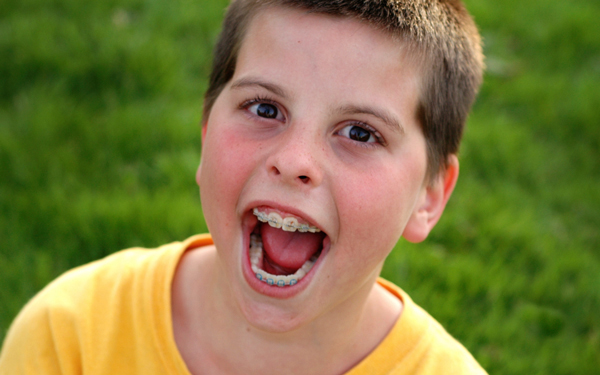Choosing The Optimal Time For Treatment
While orthodontic treatment most often begins between the ages of 9 and 14, some orthodontic problems are easier to correct if they’re treated early. If it appears that treatment will be needed, your orthodontist can advise you as to the ideal time to begin and should be evaluated by the age of 7. This gives your orthodontist the best chance to:
- Guide jaw growth
- lower the risk of trauma to protruded front teeth
- Correct harmful oral habits
- Improve appearance and self-esteem
- Guide permanent teeth into a more favorable position
- Improve the way lips meet

Signs Your Child’s Bite Isn’t Right
It’s not always easy to tell when your child has an orthodontic problem. Even teeth that look straight may be hiding a problem bite. Here are some clues that may indicate the need for Orthodontic attention:
- Early or late loss of baby teeth
- Difficulty in chewing or biting
- Breathing through the mouth
- Thumb-sucking
- Crowded, misplaced, or blocked-out teeth
- Jaws that are to far forward or back
- Biting the check or biting into the roof of the mouth
- Protruding teeth
- Upper and lower teeth that don’t meet, or meet in an abnormal way
- An unbalanced facial appearance
- Grinding or clenching of the teeth

About Orthodontist
Orthodontist are dental specialist who diagnose, prevent, and treat dental and facial irregularities. They receive an additional two to three years of specialized education beyond dental school to learn the proper way to align and straighten teeth.

Give Your Child the Gift of a Healthy Smile
Not only do well-aligned teeth look good and feel good, they also are important to good dental health. Poorly aligned teeth can lead to dental problems. Not everyone needs orthodontic treatment. But if your child does need help, it pays to start treatment when you have the greatest chance for success. Make sure your child receives an orthodontic check-up no later than age seven.


Great post!
LikeLiked by 1 person